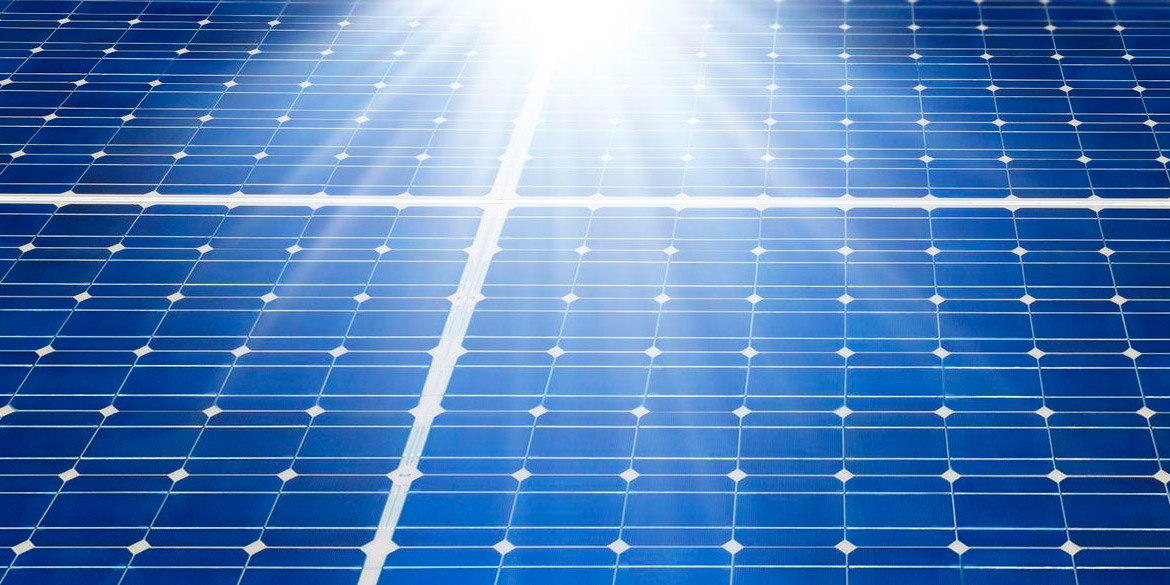solar system
A solar system is a form of using and converting solar energy for the benefit of building operation.
We divide solar systems in terms of the use of solar energy:
Passive (direct) solar systems
Active (indirect) solar systems
Hybrid (combined) solar systems

Passive (direct) solar systems
They consist in using solar radiation to heat or cool the room. They mostly work on the principle of converting visible - light solar radiation after its impact on the surfaces of walls, floors (absorber) into long-wave infrared - thermal radiation (photothermal conversion). The basis of the use of solar energy is the corresponding architectural-ecological concept (strategy of energy gains from the control environment of incident radiation). This means appropriate location and orientation of the object in the field, shape factor, glazing of facades, arrangement of internal spaces, thermotechnical properties of building materials, etc.
Active (indirect) solar systems
They use technical equipment that captures, accumulates and transfers heat, or electricity obtained from solar energy. This process takes place in the following way: the sun's rays fall on the collection surface, they are absorbed by the absorption surface, which can be formed by e.g. pipe system. This surface transmits heat to the reservoir using a heat-carrying medium. From there, the heat is taken directly to heat the interiors. According to the type of heat-carrying medium, we distinguish:
Air collector
Liquid collector
Warm air solar energy systems
Air is used for heat transfer. The warm air is piped into the heat reservoir, which is usually small aggregate, gravel or concrete blocks, placed in an insulated casing. Warm air is blown from the storage tank into individual rooms using fans. The disadvantage of this system is that it can only be used for heating with warm air heating systems.
Liquid solar energy systems
They are much more advantageous than hot-air ones, because they have a higher storage capacity and can be used both for heating and for the preparation of domestic hot water (DHW). The heat from the collector is removed with the help of a heat-carrying medium to the storage tank through installation distributions. Water, oils and antifreeze are most often used as a heat transfer medium.
Photovoltaic solar energy systems
Captured solar energy is converted directly into electric current. The absorption surface consists of solar cells (most often made of silicon), which are charged by sunlight with an electric charge. 100cm2 solar cell produces 1.5W. The efficiency of these systems varies, ranging from 4 to 28% of the total amount of incident radiation.
